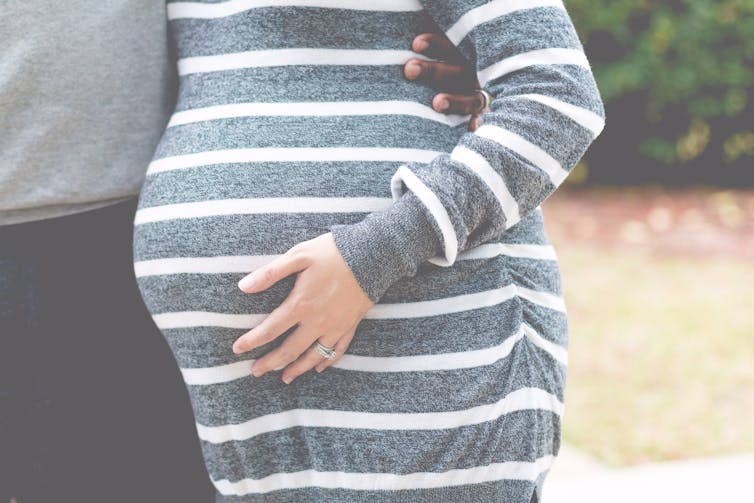On Saturday night, Australians who switch over to daylight saving time will get an hour less of sleep as they move their clocks forward.
Changing the clock causes a temporary state of misalignment in our internal biological time. We may not feel ready to go to bed an hour earlier and our alarms will wake us up before we’ve had enough sleep.
Changing the clock alters the body’s rhythmic production of melatonin, the hormone produced when it gets dark, and cortisol, the stress hormone. These regulate when we feel like going to sleep, when we’re hungry, and our ability to fight off bugs.
Read more: Health Check: what determines whether we're night owls or morning larks?
This misalignment is a form of jetlag, and can upset the body’s rhythms. It can affect our ability to think clearly and can increase the risk of heart attacks, depression, and even miscarriage.
Heart attack and stroke
Several studies have shown your risk of having a heart attack (myocardial infarction) and stroke increases in the two weeks after the changeover, compared with the two weeks before. The risk is highest in the first three weekdays following the switchover.
Researchers suspect the link is because an hour of sleep loss increases stress and provides less time to recover overnight.
The good news is the increased risk of a heart attack only appears to last for two weeks. After that, our biological clock seems to synchronise to the new time (though researchers are divided on this).

When it comes to the increased risk of heart attack, women are generally more sensitive to the spring transition to daylight saving time, while men are more sensitive to the autumn transition from daylight saving time.
The reasons are unclear but it could be related to the roles sex-specific hormones play in the adjustment.
Mood
Research from Germany shows springing forward to summertime can have a negative effect on life satisfaction levels and feelings of anger and sadness, which can last a little over a week.
Read more: Daylight saving is not something for economists to lose sleep over
The effect is largest among full-time employees. These workers must instantaneously shift their work schedule to a time that’s in disagreement with their body’s biological rhythms, while others may allow themselves to ease into their new schedule.
Your risk of depression can also increase during the month after the daylight saving comes into effect. A 17-year Danish study of 185,419 hospital visits found the patient intake for patients diagnosed with depression rose by 11%. This effect dissipated over a ten-week period.
Miscarriage
A 2017 study of IVF patients found a greater chance of pregnancy loss after embryo transfer in spring, when daylight saving time began: 24.3%, as opposed to 15.5% before daylight saving time.
There was no significant difference in pregnancy loss rates during the transition fromdaylight saving time.

Physical activity
The transition to daylight saving time affects people’s exercise patterns. A 2010 Australian study found one in four people switched from morning to evening exercise sessions. But 8% stopped exercising altogether after the changeover.
However, a much larger study of Australian children found that daylight saving time increases children’s physical activity in the afternoon and evenings, by around two minutes per day.
Read more: Start resetting your kids' body clocks before daylight saving ends – here's how
Night owl or morning lark?
The effect of daylight saving time depends on our chronotype: whether you’re a night owl or early rising lark.
We switch chronotypes as we age; adolescents are predominantly night owls but many will eventually switch to being morning larks in adulthood. So the impact of the transition to daylight saving time also changes as we age.
A 2009 German study showed that daytime sleepiness was an issue for older students for up to three weeks after the transition to daylight saving time. This is why sleep experts urge schools not to test students in the three weeks after the transition.
We all need time to adjust to daylight saving time – but students and full-time workers might have a tougher time in the weeks after the changeover. So go easy on your kids and colleagues.![]()
Oliver Rawashdeh, Lecturer in Biomedical Sciences, The University of Queensland
This article is republished from The Conversation under a Creative Commons license. Read the original article.



